The secret behind the blinking stars: They’re powering space!
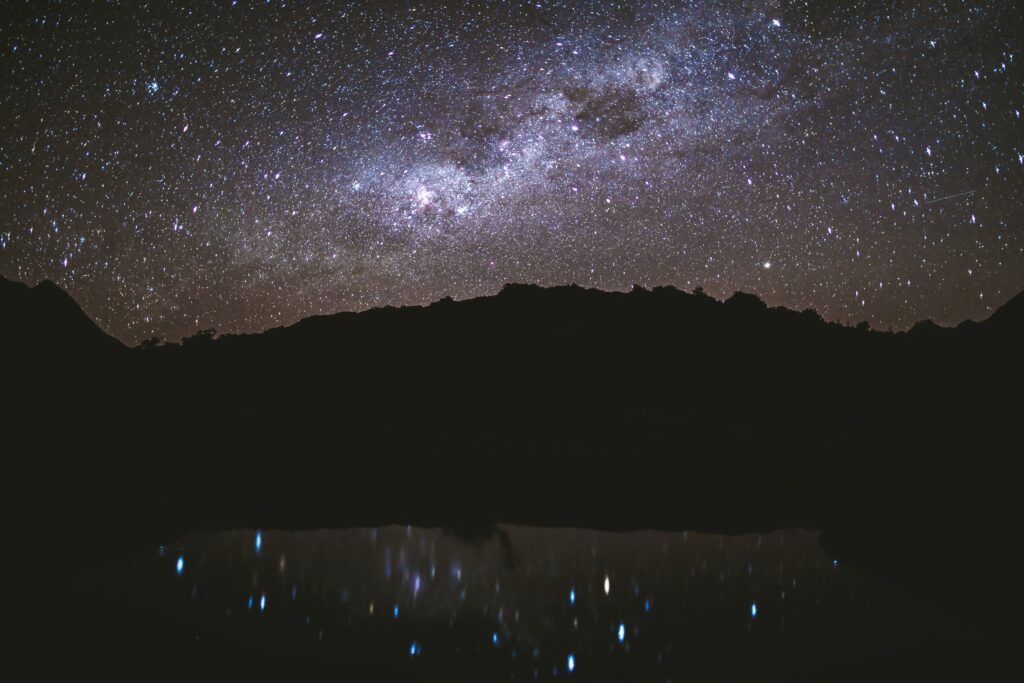
Let’s talk about how twinkling stars feed interstellar dust and how this can help us understand our own origins. First, let’s talk about Asymptotic Giant Branch (AGB) stars, which are slightly larger and older than our own sun. These stars are known to produce a lot of interstellar dust, and dusty AGBs are the most prominent producers, and the light they emit varies greatly.
But here comes the exciting news! For the first time, astronomers have discovered that the variable intensity of dusty AGBs coincides with variations in the amount of dust these stars produce; Since this dust can give rise to the creation of planets, its study can help us understand our origins. This discovery was made by Kengo Tachibana and his team at the University of Tokyo Institute of Astronomy, they studied the stars using infrared (IR) light, which is a key source of information that helps unlock the secrets of the stars.
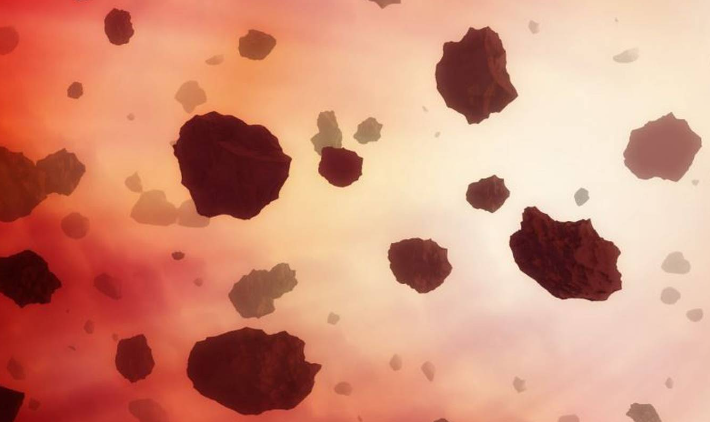
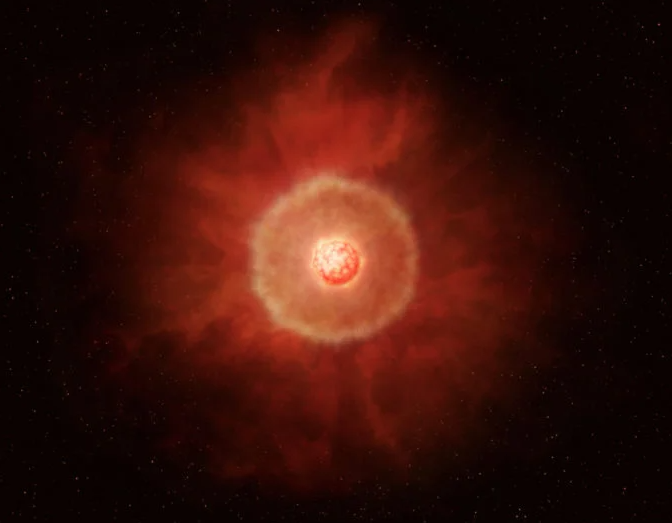
To do this, they used data from two IR space telescopes, AKARI and WISE, which have been surveying the cosmos for a long time. These telescopes produced so much valuable data that astronomers are still making new discoveries with them. Interstellar dust is very different from the dust that accumulates on your floor. Interstellar dust is a name given to the heavy elements that are scattered from stars and lead to the formation of solid objects, including planets.
Dusty AGBs are the main producers of dust, but it was not known what the main drivers of dust production are and where we should look to find out, however this study has given us a clue. Thanks to long-term IR observations, they have found that light from dusty AGBs varies with periods of more than several hundred days. They also found that the spherical layers of dust produced and then ejected by these stars have dust concentrations that vary in tune with changes in the stars’ luminosity. Therefore, they are sure that they are connected.
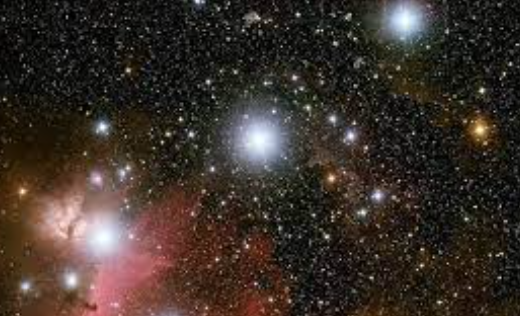
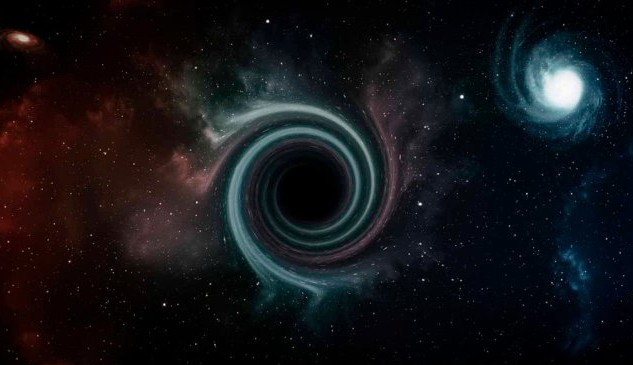
However, finding a connection between dust concentration and star brightness variability is only the first step in this research. Now the team wants to explore the possible physical mechanisms behind the dust production. To do this, they intend to monitor several AGB stars for many years continuously. So there you have it, twinkling stars feed interstellar dust and this could help us understand our own origins!
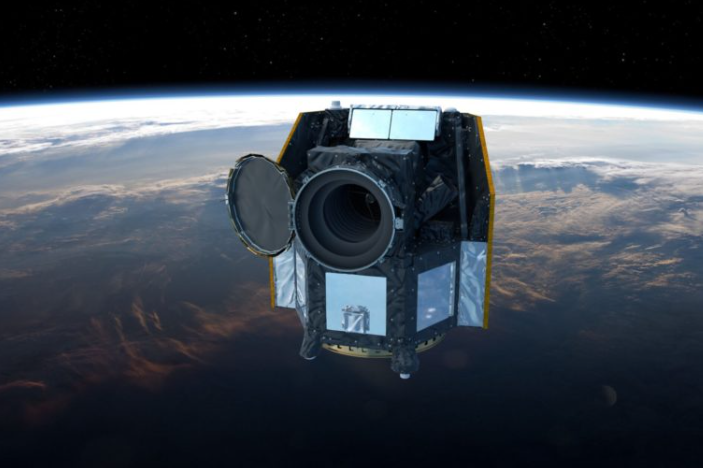
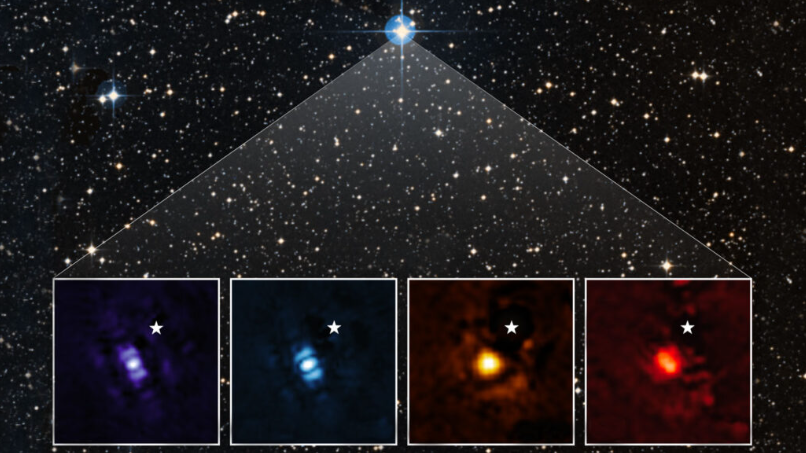
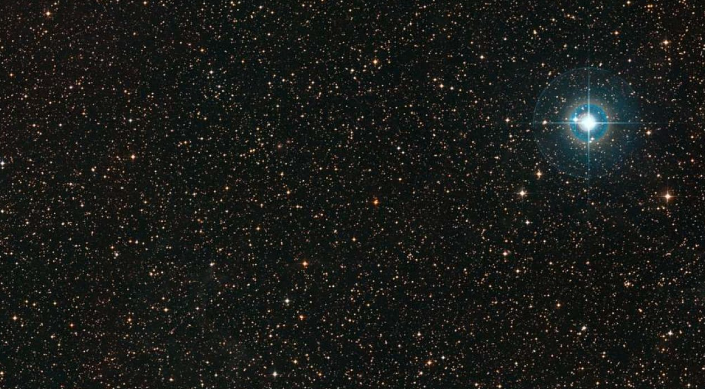
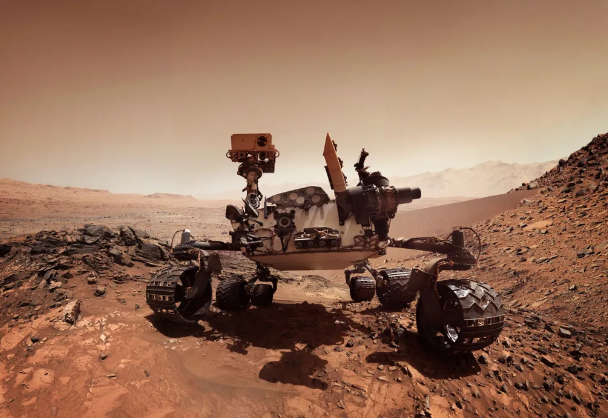
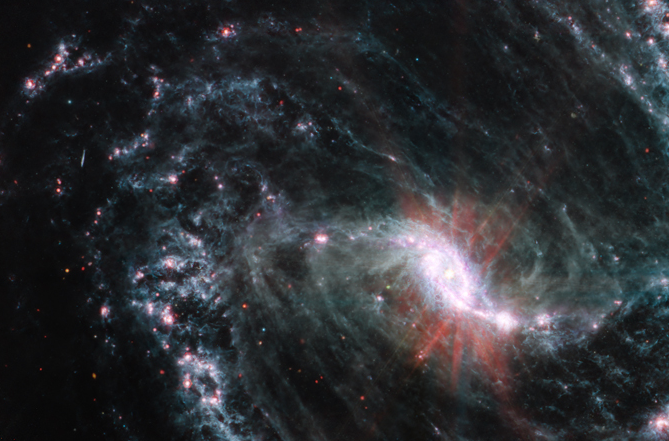
Responses